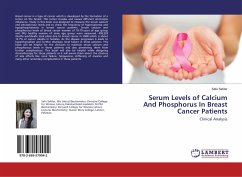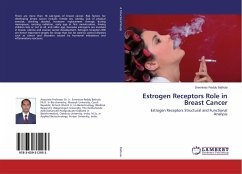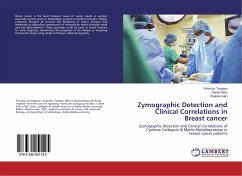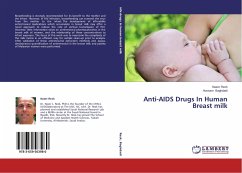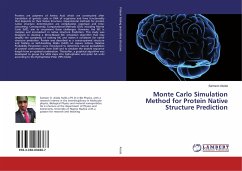Biomarkers accepted for clinical use in breast cancer, such as CA 15-3 and CEA have low sensitivity and specificity, and are thus more useful for patients at an advanced stage of breast cancer rather than for early cancer diagnosis. So, there is a need for new biomarkers to help in diagnosis of primary breast cancer and this is one of the aims of the present study. Once a patient has been diagnosed with breast cancer, there are several factors shown to be associated with survival. These factors are referred to as prognostic factors such as axillary lymph node status, tumor size, histological grade and hormone receptor expression. All these factors require tissue samples which is not practical for a screening regimen. So, measurement of the parameters in the present study was on the serum. Angiogenesis is a key factor in cancer development. It is initiated when there is a predominance of angiogenic factors that favour new vessel growth such as VEGF. Besides VEGF, there are severalgrowth factors and molecules included in angiogenesis such as HGF, IL-18 and nitric oxide.
Bitte wählen Sie Ihr Anliegen aus.
Rechnungen
Retourenschein anfordern
Bestellstatus
Storno


